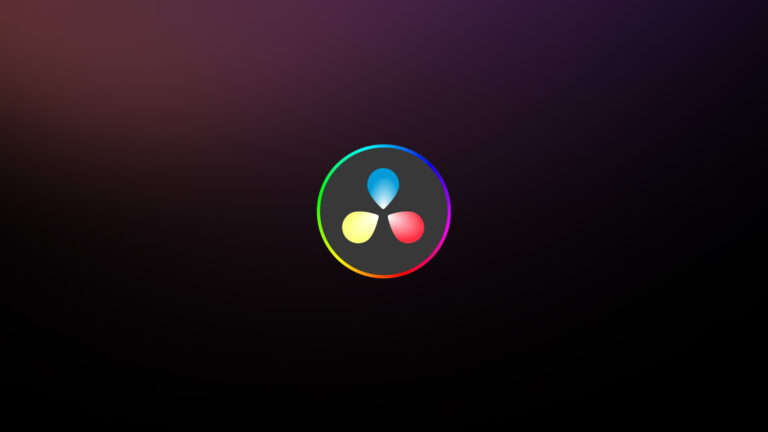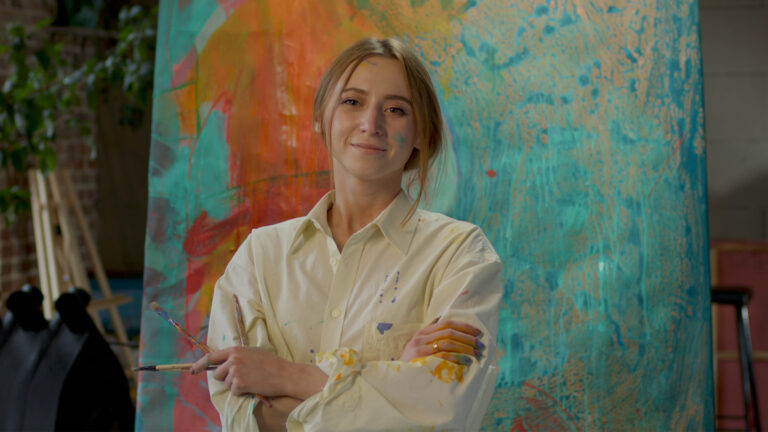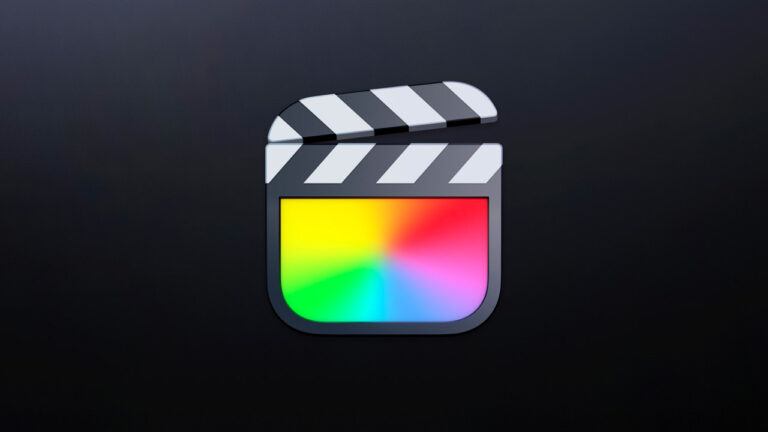The term “graphics package” is used in film or television to refer to the branded graphics within a series of videos. For example, a television or film producer may ask for animated logos, lower thirds, titles, transitions, text backgrounds, idents, or screen bugs. Whether the graphics package is for a broadcast or an online series, the list of deliverables is often very similar. But one aspect that isn’t often shared with the public are the many rounds of revisions and the exploratory designs that don’t make the cut.
Here we will explore a graphics package we prepared with Stone & Company Entertainment for Nickelodeon’s reality television pilot entitled “Paradise Run.” We will share some of the typical deliverables that a client may expect as well as some of our exploratory designs.
[Editor’s Note: for the past two weeks we’ve explored some various topics as they relate to how branding and design intersect with post-production. First we explored how a studio or client’s branding guidelines can be used to create lower thirds that don’t suck. Next we looked at what goes into making a branded video for a company like Google. Monday we dove into the world of font design and picking the right font for your next sci-fi or “futuristic” project. Today our friends and Frame.io customer Coat of Arms Post Production give the 4-1-1 on putting together a graphics package.]
1. Show Open and Logo Build
An animated logo often opens a program and is meant to both brand the content and get viewers excited about the show. When building the show open, you can usually repurpose the logo build in bumps, transitions, and other deliverables of the graphics package. This is often the most important asset in a design package and usually gets the most attention and notoriety. To define the look of the entire graphics package and particularly the show open, we went through many exploratory rounds and revisions. Below you will see Round 1.

The initial feedback on the two options depicted above (Round 1) was positive; but we were asked to integrate 3D into the design of the show title. With this direction, we provided several more options (see Round 2 below).

Again, we received positive feedback, but the client felt something was missing. They wanted something that would appear more “fun” and would show off the show’s “adventurous qualities.” Typically, our contract and schedule gives us room for two rounds of revisions at each stage. To make sure Nickelodeon’s new request wouldn’t throw off the entire schedule, we agreed to perform more revisions during the style frame phase in exchange for fewer rounds of revisions later. Furthermore, a few assets were removed from the deliverables list.
Sometimes post-contract conversations like this are difficult and/or feel time-consuming. But such conversations are critical to any project’s success. And in our experience, these types of conversations actually go far more smoothly when addressed immediately rather than waiting. In fact, discussions about schedule and scope are reasonable, expected, and necessary to ensure all parties are happy and to guarantee the original terms discussed in a work agreement are met.
After our discussion, we got to work on another round of options and presented Round 3 (see below), which included some 3D text on a subtly, dynamic background.

The client decided they preferred the more 2D and textured look from Round 1. Returning to Round 1, Option 1, we adjusted font, placement of the palm trees, added hash-marks, and even adjusted color slightly. We presented three options, and they chose the Option 3 from Round 4.
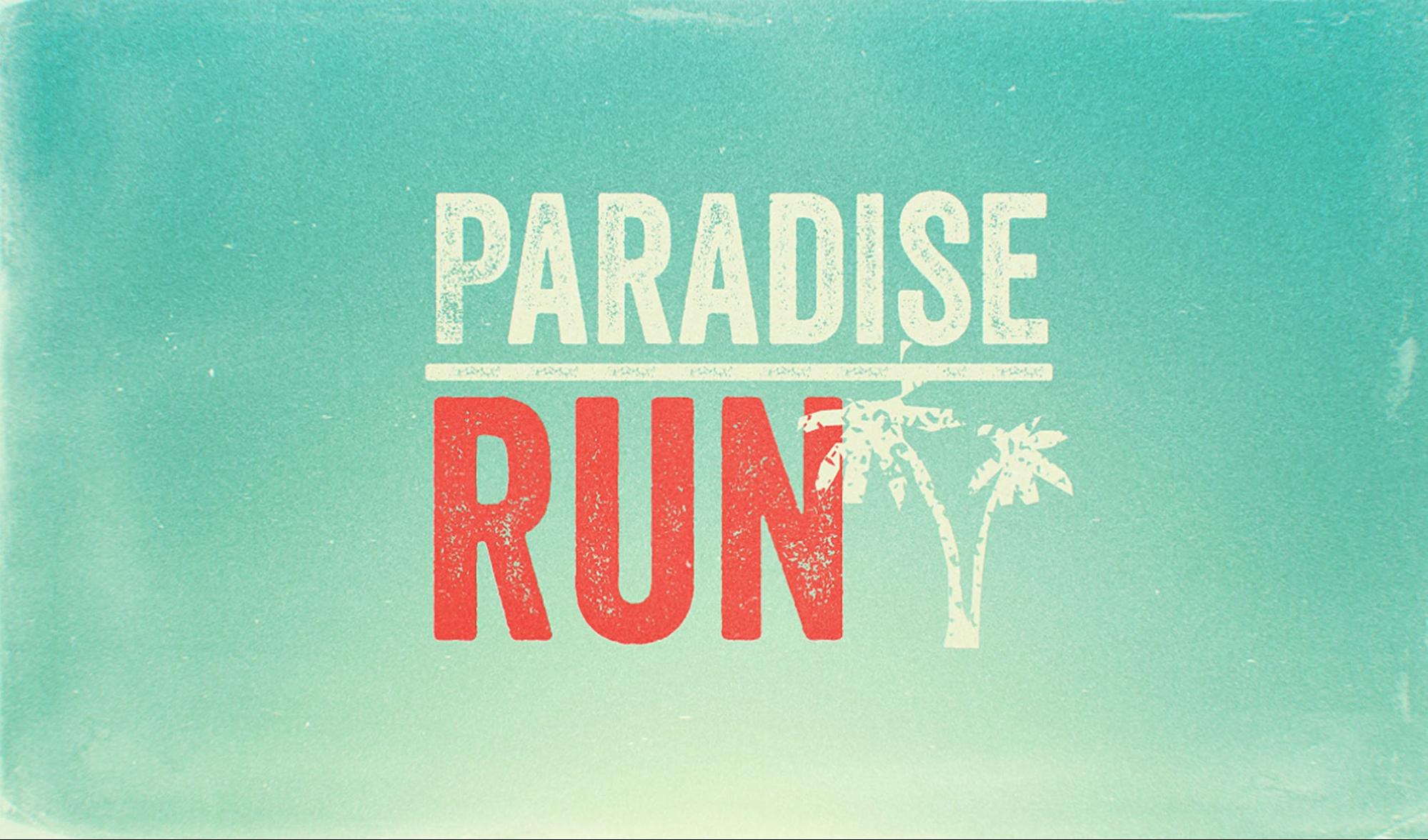
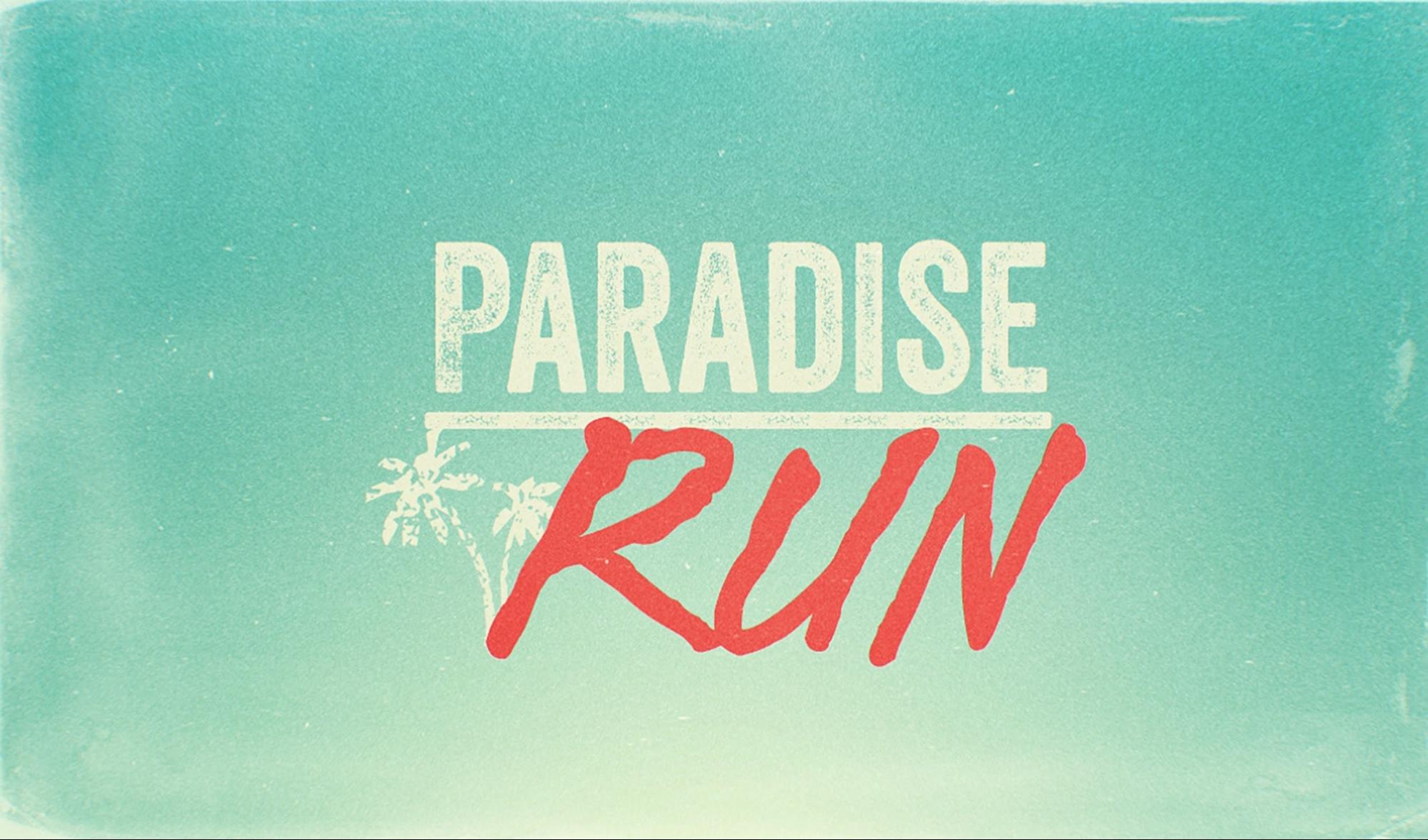
2. Lower Thirds & Titles
With creative direction defined, we designed lower thirds and titles for the pilot. Lower thirds or titles identify the names of characters or locations in frame. If a rare or unique font is used, you have to deliver the font file along with all the other assets so that a producer or editor can manipulate the text throughout the show or film.
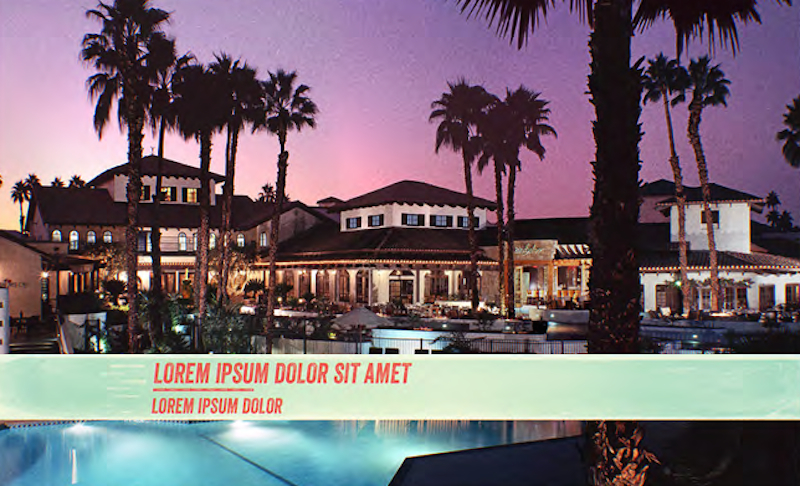
3. Transitions
Transitions are used during the show or at the beginning or end of a segment. As the title suggests, they help transition or bump viewers to a commercial break or to the next scene or act. Nickelodeon removed transitions from our deliverable list when we addressed scheduling and scope earlier. So, here’s an example of some transitions we did for Peabody Award-winning filmmaker Elaine McMillion Sheldon’s TED Women Conference video about “time.”

4. Backgrounds and Back Plates
Depending on the style of program, there may be backgrounds for interviews. In news-oriented programs, for example, the format for backgrounds can vary from “1-box,” “2-box,” or more depending on how many people are interviewed at once. For Paradise Run, we created several backgrounds including a frame for selflies, an interview background, and a tablet background.
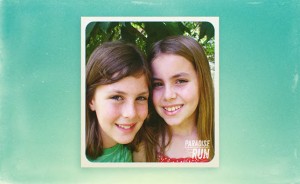

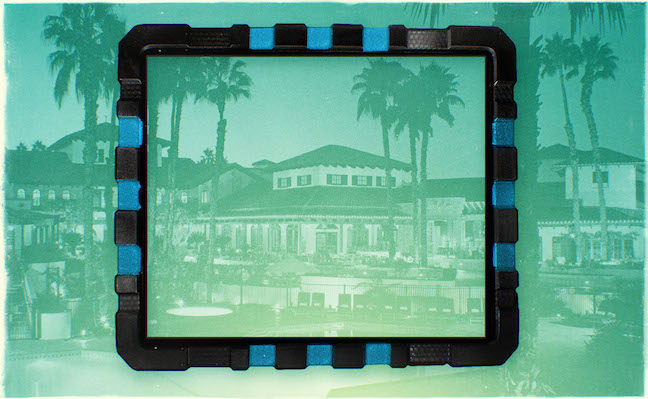
5. Maps
For shows like Amazing Race and Paradise Run, maps are used to show where contestants stand in comparison to their competition and in relation to other sites visited throughout the show. Maps help define locations and destinations in an easy way for the audience to digest.
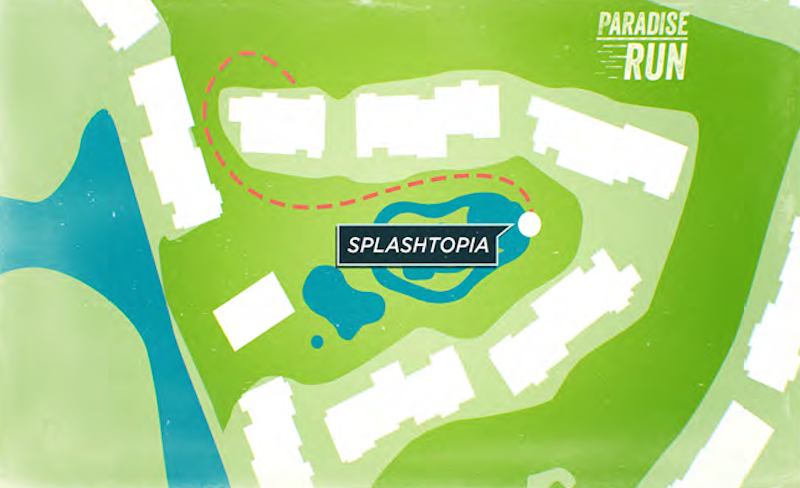


6. Custom Assets
Nearly every graphics package calls for some unique in-show assets. In the case of Paradise Run, we created a video camera recording overlay.
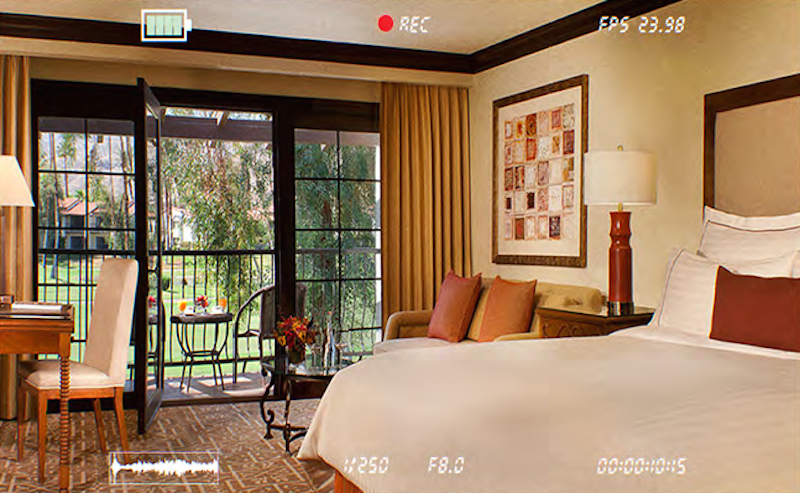
A graphics package brands a film or a series while giving it a polished look. The final designs for Nickelodeon’s Paradise Run look great and make the show feel more finished and valuable. When Paradise Run was extended for another season, Nickelodeon and Stone & Co. asked us to update the graphics.

